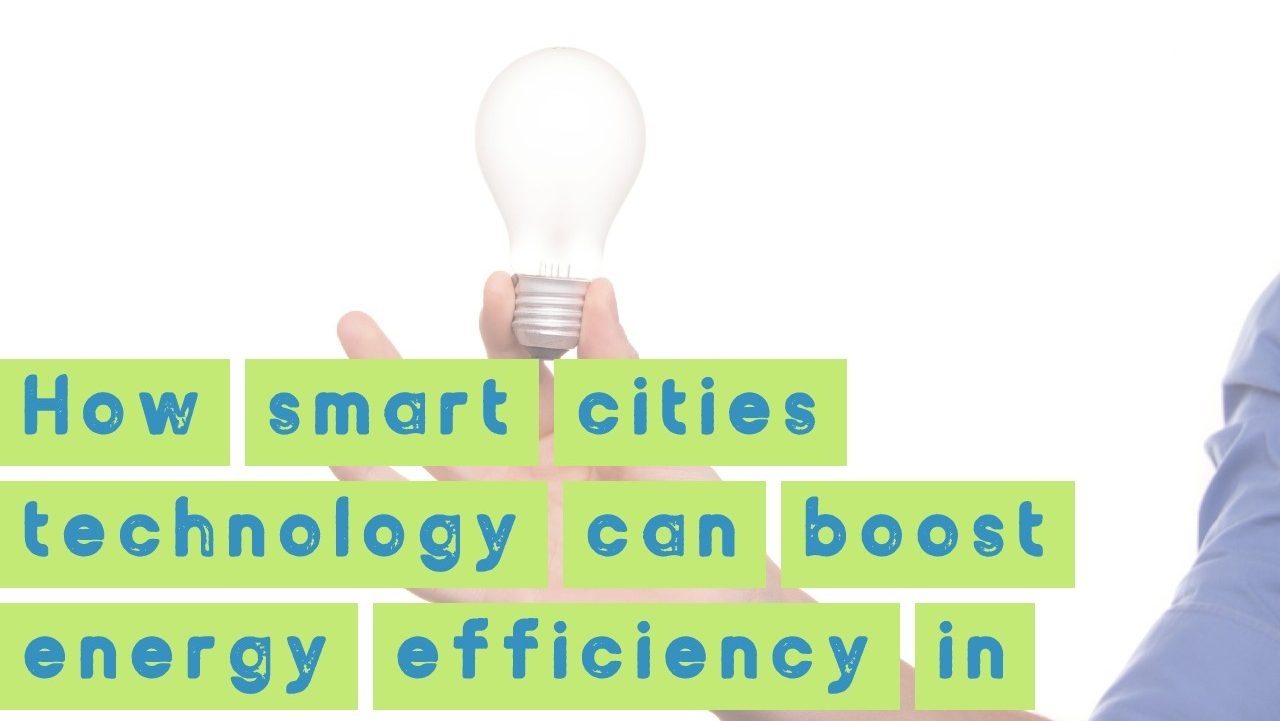In this Article
The idea of having smart cities might sound futuristic plan to some people. The reality is that the future is nearer than you think. Many countries all over the world have already incorporated information and communication technologies into the day to day operation of their cities in order to enhance the performance of services like transportation, utilities, energy utilization and so on.
Smart cities utilize some of the latest in digital technologies like loTs, sensor readings, big data analytics and so on which are then integrated into an interconnected cloud platform. This provides administrators and major stakeholders with all the data and information required to formulate intelligent solutions and beneficial policies for the city.
By the year 2050, an estimated 2.5 billion people would have been added to the urban population in cities all over in the world in continents like Asia, Africa, and Latin America. With the continuous influx of people to urban centers, there is a growing need to build cities that are operationally efficient, cheaper to run and energy efficient. Smart technologies can be implemented in key sectors like energy, transport, water management, lighting and so on. By accelerating smart cities development energy efficiency can be attained through the following means:
Integrating systems: Cities are more likely to be able to attain energy efficiency and environmental sustainability when they are able to integrate all of their services and infrastructures. An integrated system will promote urban energy efficiency across various systems. Individual systems like power grids, water or waste management, transportation and so on can be integrated and managed conveniently from a single centralized platform for greater efficiency.
Optimizing consumption: The optimization of energy consumption is one of the major goals of building smarter cities. According to a 2016 report by the International Renewable Energy Agency (IRENA) cities all over the world account for up to 65% of the total global energy consumption. In a smart city, all systems are connected and power consumption data are collected, analyzed and optimized to ensure minimal energy loss. In the long run, buildings and other systems in smart cities use less energy and do so with greater efficiency. Smart energy sensors in these cities can also collect data for predictive analytics. This provides valuable insights for city planners on how to optimize consumption.
Microgrids management: One of the ways to maximize energy consumption in large cities is by initiating a shift from central utility systems to microgrids. The idea of microgrids is to have locally generated renewable energy sources that can generate energy for localized use. In addition to reducing overall dependency on a central grid, Microgrids also help to reduce greenhouse emission. By switching to localized renewable energy sources like wind, solar voltaic cells and battery storage technologies, cities can combat some of the major energy challenges faced by urban centers all over the world.
IoT data: The Internet of Things is a network of interconnected devices and objects with inbuilt sensors which allows them to communicate and share data with each other. The spread of IoT technology is one of the major drivers of smart city technologies. Data collected by IoT devices and sensors are currently being used to improve infrastructure, public services, and utilities and it can potentially cause improvement in energy consumption as well. For example, bicycles in cities like Madrid and Malaga are now being fitted with sensors connected to a central system. These sensors collect environmental pollutions data which can then be used for predictive analysis and planning. London also makes use of IoT technology to reduce traffic congestion within the city. Big data and IoT also playing major role in improvement of farming industry.
Conclusion
As urban population continues to grow in cities all over the world, new challenges arise. By investing in smart city projects, governments and private stakeholders can surmount the challenges of energy efficiency and environmental sustainability.
Related Blog Posts
How Smart Cities Connect: Getting Started with Edge AI and IoT Technology
How to Get Started with Edge AI and IoT Technologies in Smart Cities: Overcoming Integration Challenges In recent years, the concept of smart cities has evolved from a futuristic Read More
5 Step Strategy: Ensuring Security and Privacy in 15-Minute Smart Cities
Introduction Ensuring security and privacy in 15-minute smart cities is a critical challenge as urban areas become increasingly connected through IoT and edge AI technologies. These cities aim to Read More
What is a smart city and the challenge of legacy systems
How to Get Started with Integrating Legacy Systems in Smart Cities Smart cities are transforming urban landscapes by leveraging technology to improve the quality of life for residents. However, Read More




